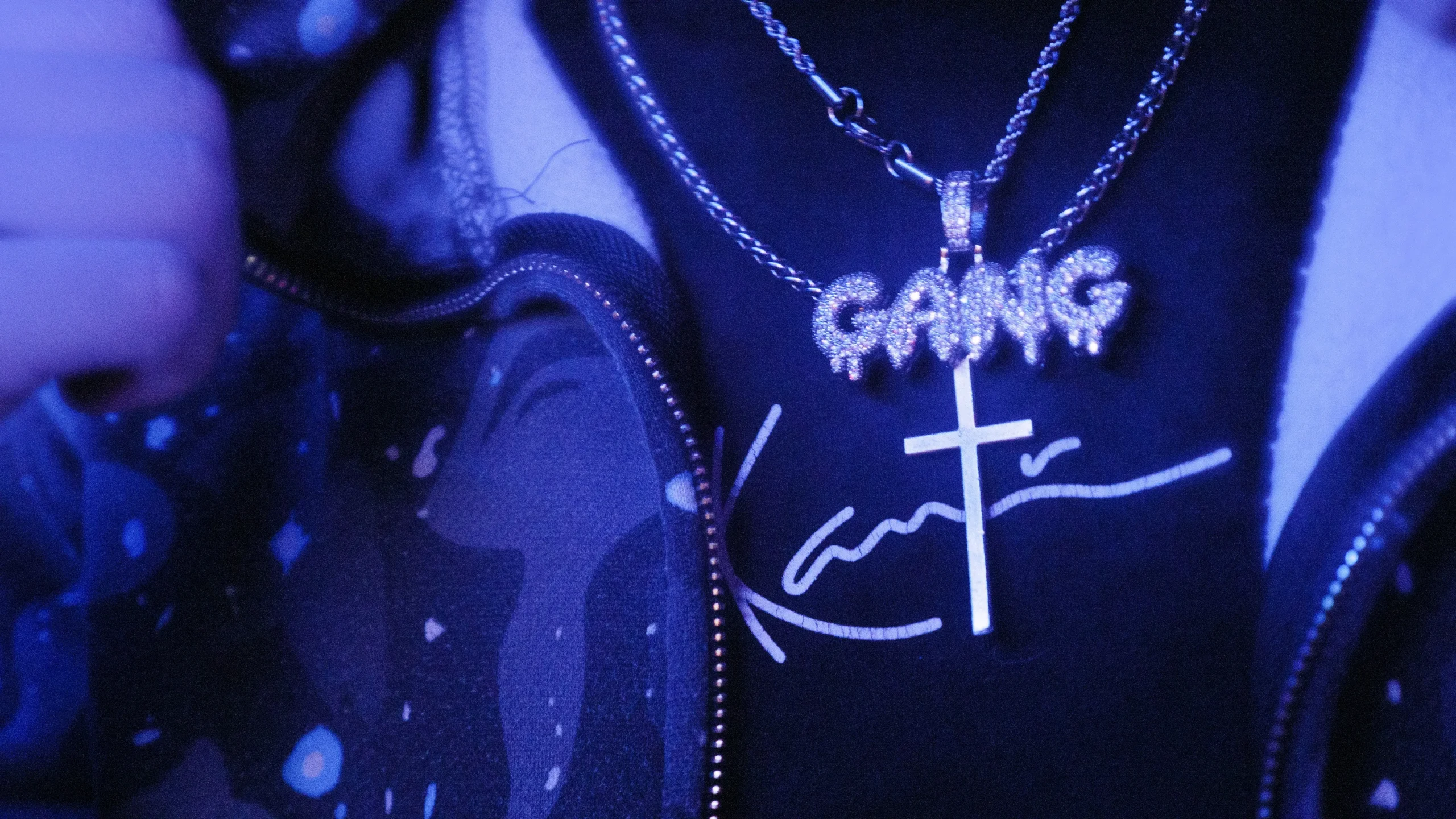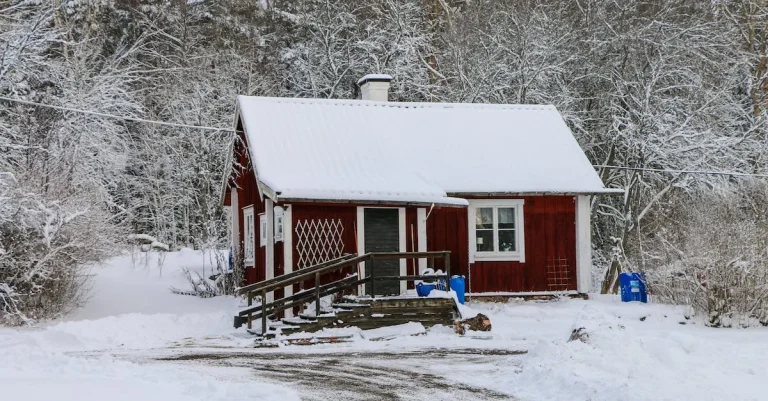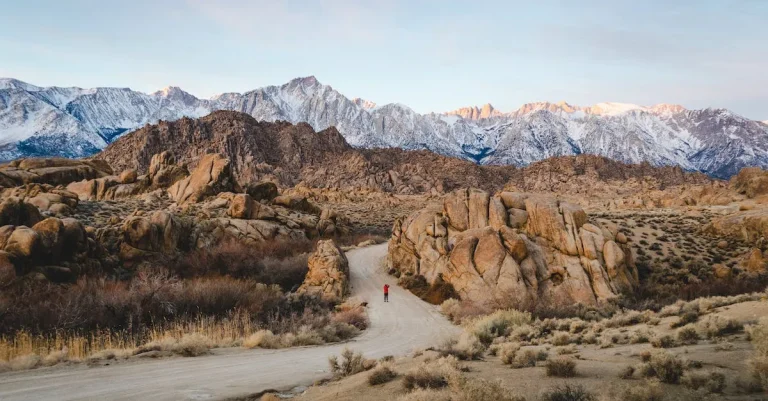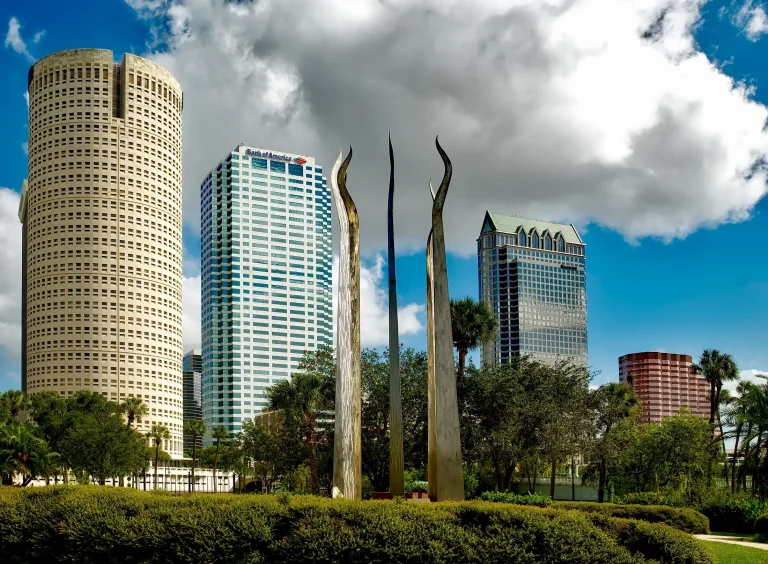Chicago’S Most Dangerous Gang: A Deep Dive
Chicago has a long and complex history with organized crime and street gangs dating back to the 19th century. Fueled by Prohibition and the illegal drug trade, gang violence has devastated many South and West side neighborhoods. If you want to understand the current gang landscape in Chicago, the question arises – which gang is the most dangerous today?
If you’re short on time, here’s a quick answer to your question: Currently, the Gangster Disciples are considered Chicago’s largest and most dangerous gang, known for their violent drug trafficking activities across the city’s South and West Sides.
Chicago’s Gang History Overview
Chicago has a long and complex history with gangs, dating back to the 19th century. Over the years, various factors such as poverty, racial tensions, and the availability of illegal activities have contributed to the rise and proliferation of gangs in the city.
Understanding the origins and evolution of Chicago’s gang culture provides valuable insights into the current state of gang violence in the city.
Origins in the 19th Century
The roots of Chicago’s gang culture can be traced back to the late 19th century when various criminal organizations emerged in response to the urbanization and rapid growth of the city. Immigrants, particularly those from Ireland, Italy, and Eastern Europe, formed tight-knit communities that often turned to gangs for protection and income opportunities.
One notable gang from this era was the infamous “Black Hand” gang, known for their involvement in extortion, kidnapping, and other criminal activities. They terrorized immigrant communities and became a symbol of the lawlessness that plagued the city at the time.
Prohibition Era
The Prohibition era of the 1920s and early 1930s saw a significant increase in gang activity in Chicago. With the ban on alcohol, criminal organizations seized the opportunity to profit from the illegal liquor trade.
The most notorious gang during this period was Al Capone’s Chicago Outfit, which controlled a vast network of speakeasies, breweries, and smuggling operations.
The violence and bloodshed associated with this era, including the infamous St. Valentine’s Day Massacre, captured the nation’s attention and solidified Chicago’s reputation as a hotbed of organized crime.
Gangs and Organized Crime
Even after the end of Prohibition, gangs continued to thrive in Chicago, adapting and evolving to new criminal enterprises. The city became a hub for drug trafficking, prostitution, gambling, and other illicit activities.
Numerous gangs, such as the Gangster Disciples and Vice Lords, gained prominence and exerted control over different neighborhoods.
Today, Chicago still faces the consequences of its gang history. The city consistently ranks among the top in terms of gang-related violence and homicides. Efforts to combat gang activity have been ongoing, with law enforcement agencies working in collaboration with community organizations and outreach programs to address the root causes of gang involvement.
For more information on Chicago’s gang history, you can visit the Chicago History Museum website, which offers in-depth exhibits and resources on the city’s past.
Current Major Gangs in Chicago
Gangster Disciples
One of the most notorious and influential gangs in Chicago is the Gangster Disciples. Formed in the 1960s on the South Side of the city, the gang has a strong presence in various neighborhoods. With thousands of members, the Gangster Disciples are involved in a wide range of criminal activities, including drug trafficking, extortion, and violent crimes.
The gang is known for its strict hierarchy and organizational structure, with leaders known as “Board Members” overseeing different factions across the city.
The Gangster Disciples have been a major player in the city’s gang scene for decades, constantly expanding their operations and engaging in violent turf wars with rival gangs. The gang’s influence extends beyond Chicago, with branches and alliances in other cities across the United States.
Latin Kings
The Latin Kings is another significant gang that has a strong presence in Chicago. Originally established in Chicago’s Humboldt Park neighborhood in the 1950s, the Latin Kings have grown into a nationwide organization with chapters in multiple states.
The gang is primarily composed of individuals of Latin American descent.
The Latin Kings are known for their distinctive colors, black and gold, and their symbol, a five-pointed crown. They are involved in various criminal activities, including drug trafficking, robbery, and racketeering.
The gang has a strict code of conduct and its own set of rules and regulations, which members are expected to follow.
Over the years, the Latin Kings have faced significant law enforcement crackdowns, resulting in the arrest and prosecution of many of their members. However, the gang continues to operate and exert its influence in certain neighborhoods of Chicago.
Vice Lords
The Vice Lords is a long-standing gang that originated in the 1950s in the North Lawndale neighborhood of Chicago. With a presence in both urban and suburban areas, the Vice Lords are one of the largest and most active gangs in the city.
The gang has a reputation for engaging in drug trafficking, robbery, and other violent crimes.
The Vice Lords have a hierarchical structure, with leaders known as “Governors” overseeing different sets or factions. The gang uses symbols and colors to represent its identity, including a five-pointed star and the colors black and gold.
Despite efforts by law enforcement to combat their activities, the Vice Lords continue to be a significant presence in Chicago. Their influence extends beyond the city, with branches and alliances in other parts of Illinois and neighboring states.
Black P Stones
The Black P Stones, also known as the Almighty Black P. Stone Nation, is another prominent gang in Chicago. The gang originated in the 1960s and has since expanded its operations to several neighborhoods on the city’s South Side.
The Black P Stones are known for their involvement in drug trafficking, armed robbery, and other criminal activities. The gang has a strong presence in certain communities and is recognized by its distinctive symbol, a five-pointed star with a crescent moon.
Similar to other major gangs in Chicago, the Black P Stones have faced law enforcement crackdowns over the years, resulting in the arrest and prosecution of many of their members. However, the gang continues to be active and poses a significant challenge to law enforcement in the city.
Criminal Operations of the Gangster Disciples
Drug Trafficking
The Gangster Disciples, one of Chicago’s most dangerous gangs, has gained notoriety for their involvement in drug trafficking. They are known to be major players in the distribution of illegal drugs, including cocaine, heroin, and methamphetamine.
Their extensive network allows them to transport drugs from various sources and distribute them throughout the city. This has led to a significant increase in drug-related crimes and violence in the areas under their control.
The Gangster Disciples’ involvement in drug trafficking is not limited to Chicago alone. They have expanded their operations to other cities and even across state lines, making them a formidable force in the illicit drug trade.
Law enforcement agencies have been working tirelessly to dismantle their drug networks and disrupt their operations, but the gang’s resilience and adaptability have made it a challenging task.
Violence and Intimidation
Violence and intimidation are key components of the Gangster Disciples’ criminal activities. They use fear and force to maintain control over their territories and protect their illicit operations. Gang members are known to engage in acts of violence, including shootings and assaults, both against rival gang members and innocent civilians.
The Gangster Disciples also employ various intimidation tactics to instill fear in the community. They often resort to extortion and protection rackets, demanding payment from local businesses in exchange for safety.
This not only harms the businesses financially but also creates a climate of fear and instability in the neighborhoods they operate in.
Territorial Control
One of the key objectives of the Gangster Disciples is to establish and maintain territorial control. They stake their claim on specific neighborhoods and use violence and intimidation to drive out rival gangs and establish dominance.
This territorial control allows them to exert influence over local criminal activities, such as drug trafficking and other illicit enterprises.
The Gangster Disciples’ territorial control is not limited to physical space but extends to the virtual realm as well. They have a strong online presence, using social media platforms to recruit new members, promote their criminal activities, and intimidate rivals.
This digital territory gives them an additional avenue for expanding their influence and conducting their criminal operations.
Impact on Chicago Communities
The presence of Chicago’s most dangerous gang has had a profound impact on the communities in which they operate. This impact can be seen in various aspects of daily life, from the cycle of poverty and violence that perpetuates through generations to the innocent lives lost and the climate of fear that grips neighborhoods.
Cycle of Poverty and Violence
One of the most devastating consequences of the presence of this dangerous gang is the perpetuation of a cycle of poverty and violence. Many of the members come from impoverished backgrounds and lack access to quality education and employment opportunities.
As a result, they often turn to gang activities as a means of survival or as a way to attain power and respect. This perpetuates a cycle where poverty and violence go hand in hand, trapping individuals in a never-ending cycle of despair.
According to statistics from the Chicago Crime Commission, areas heavily influenced by this gang experience higher rates of poverty, unemployment, and crime compared to other parts of the city. This creates an environment where it becomes increasingly difficult for residents to break free from the cycle and create a better future for themselves and their families.
Innocent Lives Lost
Tragically, the presence of this dangerous gang has resulted in the loss of many innocent lives. Shootings and acts of violence, often fueled by territorial disputes and retaliation, claim the lives of innocent bystanders who are caught in the crossfire.
Families are torn apart, and communities are left mourning the loss of their loved ones.
The impact of these losses is immeasurable and long-lasting. It creates a sense of fear and distrust within communities, as residents worry about the safety of their children and loved ones. This loss of life not only affects the immediate families but also has a ripple effect on the entire community, creating a climate of sadness and despair.
Climate of Fear
The presence of this dangerous gang has created a climate of fear in Chicago communities. Residents live in constant fear of becoming victims of violence or being inadvertently caught up in the gang’s activities.
This fear permeates every aspect of daily life, limiting people’s freedom and sense of security.
As a result of this fear, many residents choose to stay indoors, avoiding public spaces and community events. This isolation further hampers community growth and cohesion, as people are hesitant to come together and address the issues affecting their neighborhoods.
Efforts to combat this climate of fear are ongoing, with community organizations, law enforcement agencies, and residents working together to create safer environments. By implementing proactive strategies such as community policing, youth outreach programs, and providing support to individuals seeking to leave gang life behind, there is hope for a brighter future.
It is essential to recognize the impact that the presence of Chicago’s most dangerous gang has on the communities it operates in. By addressing the cycle of poverty and violence, protecting innocent lives, and working towards a safer environment, communities can begin to heal and rebuild.
Efforts to Combat Gang Violence
Gang violence is a significant issue in Chicago, but there are numerous efforts underway to combat it and create safer communities. From law enforcement initiatives to social programs and grassroots activism, various approaches are being taken to address this pressing problem.
Law Enforcement Initiatives
Law enforcement agencies in Chicago have implemented several strategies to target and dismantle gangs. One notable initiative is the creation of specialized task forces that focus on gang-related crimes.
These task forces collaborate with other agencies to gather intelligence, conduct investigations, and apprehend gang members involved in violent activities. Through targeted operations and enhanced surveillance, law enforcement aims to disrupt gang operations and prevent further violence.
Additionally, technological advancements have played a crucial role in the fight against gang violence. The use of advanced analytics and data-driven policing has helped law enforcement agencies identify patterns, hotspots, and potential conflicts.
Predictive policing techniques have enabled authorities to allocate resources effectively and intervene before violence erupts.
Social Programs and Outreach
Recognizing that prevention is just as important as enforcement, various social programs and outreach initiatives have been developed to address the root causes of gang involvement. These programs aim to provide at-risk youth with positive alternatives and opportunities for personal and academic growth.
One such program is the Chicago Violence Reduction Strategy (VRS), which focuses on engaging individuals at high risk of violence and providing them with comprehensive support. The VRS offers mentorship, counseling, job training, and educational programs to help individuals break the cycle of violence and build a brighter future.
Furthermore, community-based organizations and nonprofits play a crucial role in providing resources and support to those affected by gang violence. These organizations offer counseling services, job placement assistance, and recreational activities to engage youth and steer them away from gangs.
By fostering a sense of belonging and providing positive role models, these programs contribute to reducing gang involvement and promoting community safety.
Grassroots Activism
Grassroots activism is another essential component in the fight against gang violence. Community members, concerned citizens, and volunteers come together to advocate for change and work towards creating safer neighborhoods.
One example of grassroots activism is the formation of neighborhood watch groups. These groups, comprised of residents who actively patrol their communities, serve as an extra set of eyes and ears for law enforcement.
By reporting suspicious activities and maintaining a visible presence, neighborhood watch groups help deter criminal behavior and create a sense of unity among residents.
Moreover, grassroots organizations often collaborate with law enforcement and community leaders to organize events and activities that promote community unity and raise awareness about the consequences of gang involvement.
Through education, outreach, and advocacy, grassroots activism plays a vital role in mobilizing communities and fostering a collective effort to combat gang violence.
Efforts to combat gang violence in Chicago encompass a multi-faceted approach that includes law enforcement initiatives, social programs, and grassroots activism. By combining these strategies and working collaboratively, there is hope for reducing gang violence and creating safer neighborhoods for all residents.
Conclusion
For decades, the Gangster Disciples have contributed to violence, drug abuse, and instability across Chicago’s most vulnerable communities. Though gangs are deeply entrenched in the city, collaborative efforts across law enforcement, social services, education, and neighborhoods themselves can curb violence and provide youth with alternatives to gang life.








